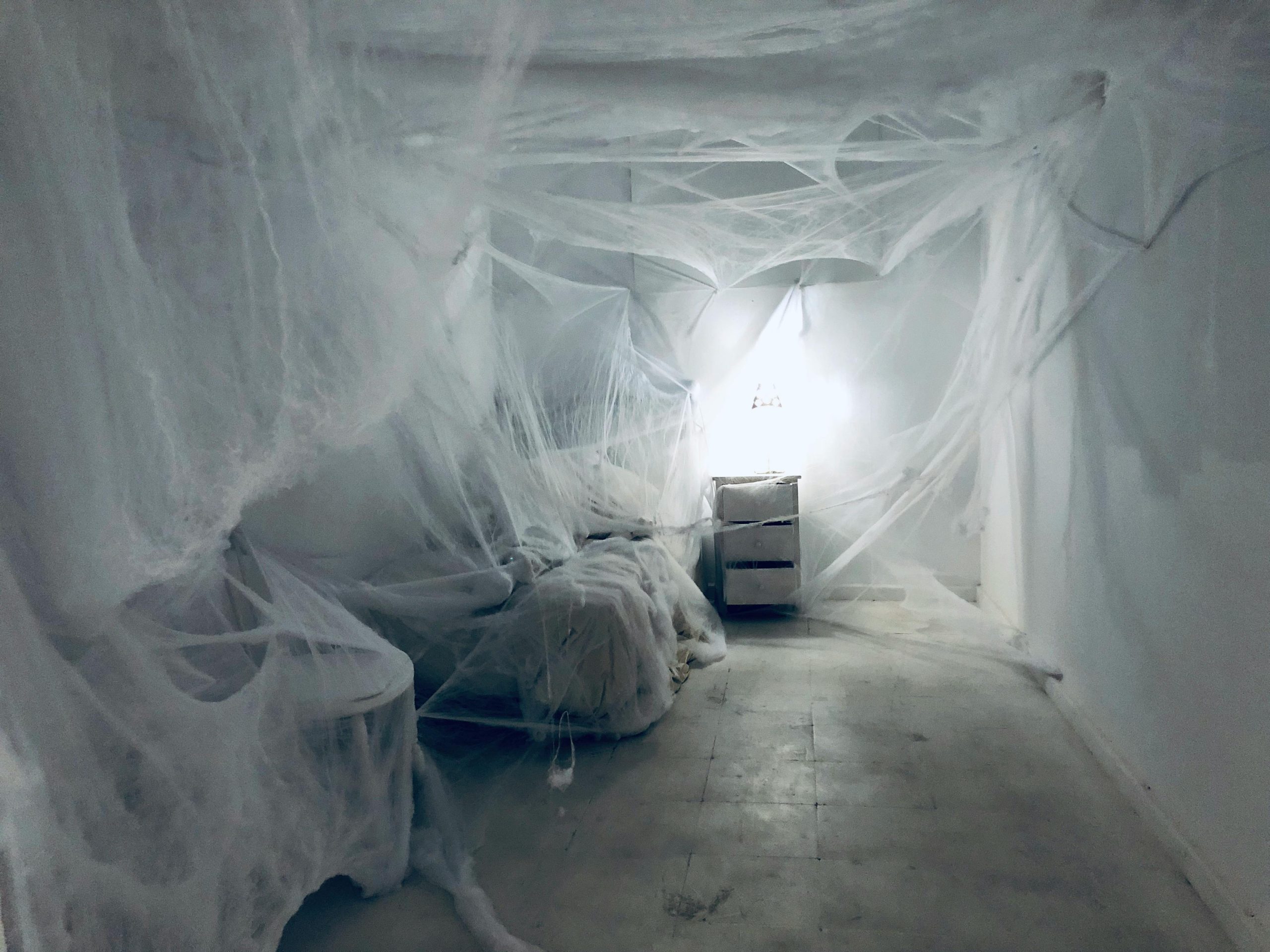Unusual Increase in Large House Spiders: Is Your Home Experiencing an Invasion?
As autumn approaches, many homeowners and tenants expect to see an uptick in the presence of house spiders. These arachnids often seek refuge indoors during colder months, leading to a common seasonal increase in sightings. However, what happens when this influx becomes unusually large or persistent outside of typical seasonal patterns?
Recently, residents living in student accommodation have reported an unexpected surge in sizeable spider populations within their homes. This phenomenon appears to be out of sync with the usual seasonal behavior of these creatures, prompting concerns and curiosity among those affected.
One plausible explanation relates to recent maintenance activity. In this particular case, the property management had to dismantle the fireplace after discovering a pigeon that had become trapped inside. Such structural alterations can inadvertently provide new entry points or nesting sites for spiders and other insects, potentially leading to an increase in indoor arachnid activity. Notably, the affected residents observed that the spiders varied significantly in size, suggesting multiple sources or breeding stages.
This situation raises several questions for homeowners and tenants alike: Are these spider invasions a common occurrence in similar circumstances? Could recent structural changes to a property influence local arachnid populations? And what steps can residents take to manage or prevent such infestations?
While spiders play a beneficial role in controlling pest populations, their sudden and sizable presence can understandably cause discomfort. If you find yourself in a similar situation, consider consulting with pest management professionals who can assess the situation and recommend safe, effective measures. Additionally, ensuring that entry points such as vents, gaps around windows, and structural openings are properly sealed can help reduce indoor infiltration.
In conclusion, while seasonal spider activity is normal, unexpected and unseasonal surges—especially following structural modifications—may require proactive management. Staying informed and prepared can help maintain a comfortable and pest-free living environment.
